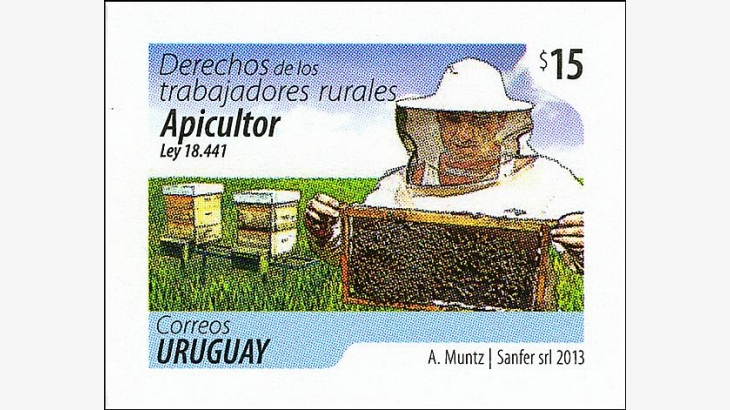Since 2007 honey bee colony failure rates overwinter have averaged about 30% across much of North America. In addition, cases of extremely rapid colony failure have been reported, which has been termed colony collapse disorder. Both phenomena result from an increase in the frequency and intensity of chronic diseases and environmental stressors. Colonies are often challenged by multiple stressors, which can interact: for example, pesticides can enhance disease transmission in colonies. Colonies may be particularly vulnerable to sublethal effects of pathogens and pesticides since colony functions are compromised whether a stressor kills workers, or causes them to fail at foraging. Modelling provides a way to understand the processes of colony failure by relating impacts of stressors to colony-level functions.
Source:
Andrew B Barron. Current Opinion in Insect Science, Volume 10, August 2015, Pages 45-50
https://www.sciencedirect.com/science/article/pii/S2214574515000541#!

- Login om te reageren
